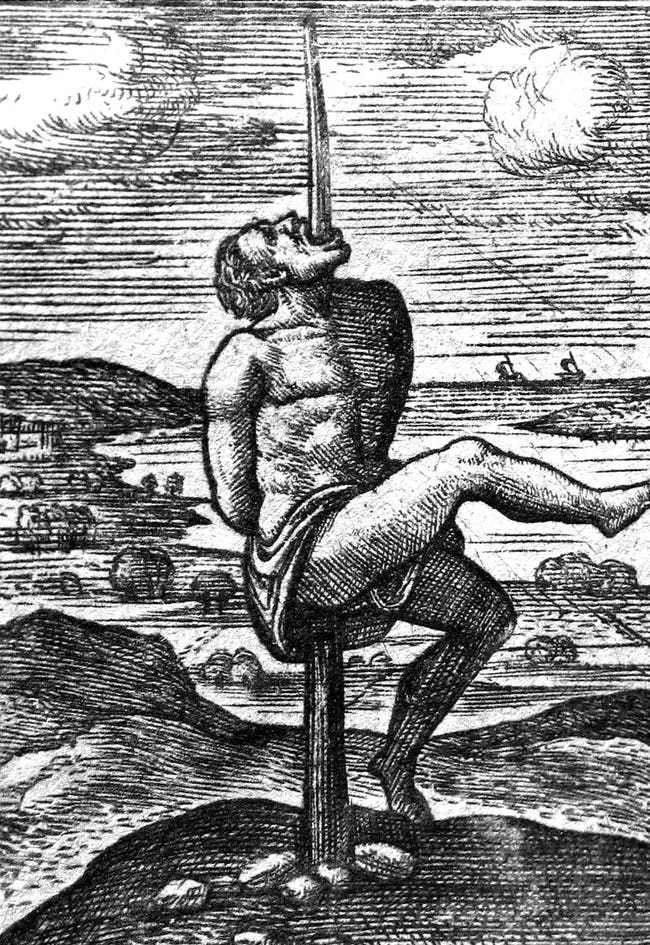Dracula- Vlad the Impaler
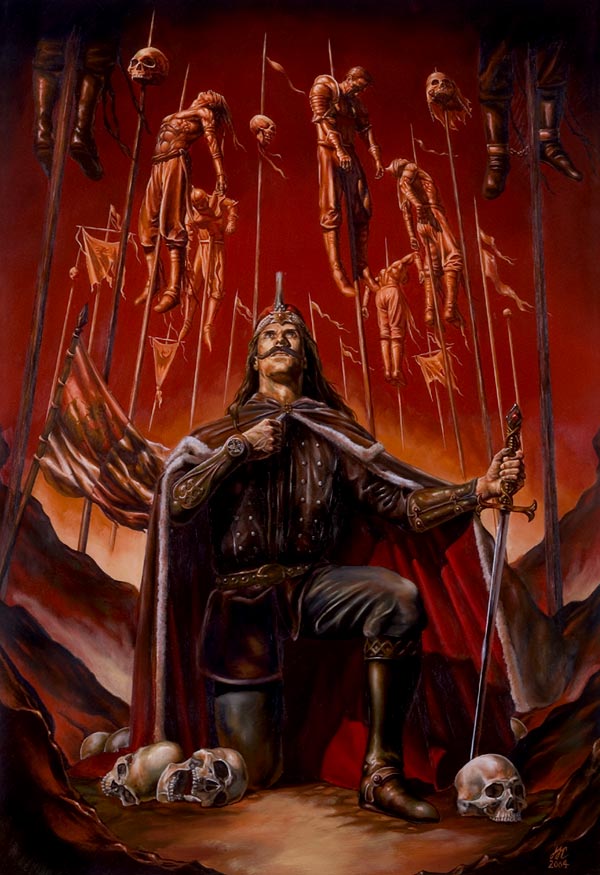
Few names have cast more terror into the human heart than Dracula. The legendary vampire, created by author Bram Stoker for his 1897 novel of the same name, has inspired countless horror movies, television shows and other bloodcurdling tales of vampires.
Though Dracula may seem like a singular creation, Stoker in fact drew inspiration from a real-life man with an even more grotesque taste for blood: Vlad III, Prince of Wallachia or — as he is better known — Vlad the Impaler (Vlad Tepes), a name he earned for his favorite way of dispensing with his enemies.
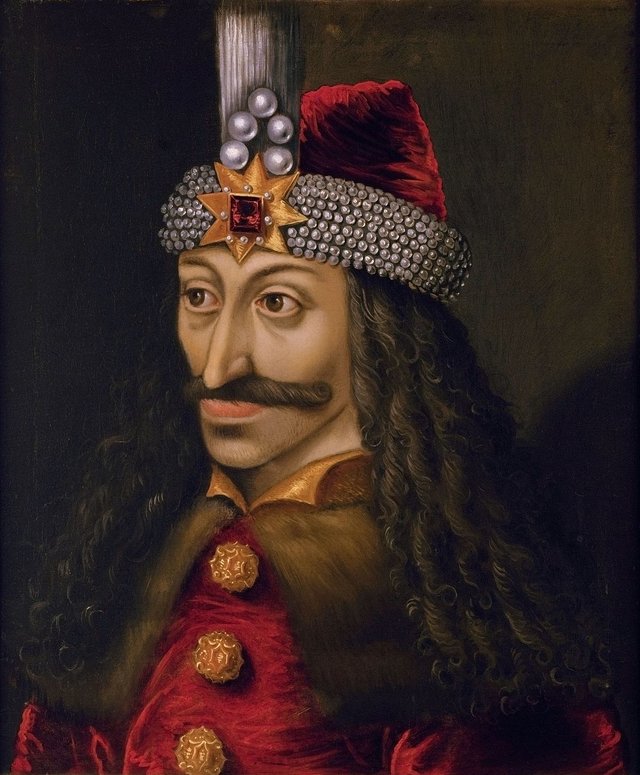
Vlad III was born in 1431 in Transylvania, a mountainous region in modern-day Romania. His father was Vlad II Dracul, ruler of Wallachia, a principality located to the south of Transylvania. Vlad II was granted the surname Dracul ("dragon") after his induction into the Order of the Dragon, a Christian military order supported by the Holy Roman emperor
Situated between Christian Europe and the Muslim lands of the Ottoman Empire, Transylvania and Wallachia were frequently the scene of bloody battles as Ottoman forces pushed westward into Europe, and Christian Crusaders repulsed the invaders or marched eastward toward the Holy Land.
When Vlad II was called to a diplomatic meeting in 1442 with Sultan Murad II, he brought his young sons Vlad III and Radu along. But the meeting was actually a trap: All three were arrested and held hostage. The elder Vlad was released under the condition that he leave his sons behind.
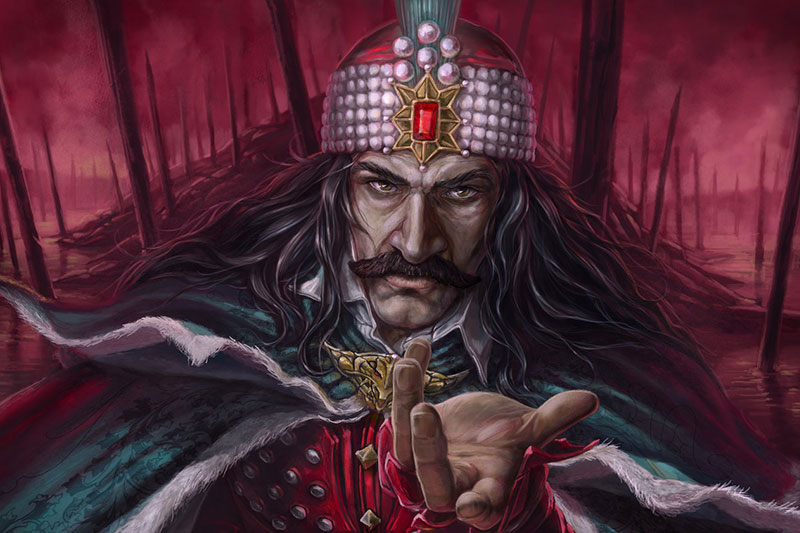
Years of captivity
Under the Ottomans, Vlad and his younger brother were tutored in science, philosophy and the arts — Vlad also became a skilled horseman and warrior. According to some accounts, however, he may also have been imprisoned and tortured for part of that time, during which he would have witnessed the impalement of his the Ottomans' enemies.
The rest of Vlad's family, however, fared even worse: His father was ousted as ruler of Wallachia by local warlords (boyars) and was killed in the swamps near Balteni, Wallachia, in 1447. Vlad's older brother, Mircea, was tortured, blinded and buried alive.
Whether these events turned Vlad III Dracula ("son of the dragon") into a ruthless killer is a matter of historical speculation. What is certain, however, is that once Vlad was freed from Ottoman captivity shortly after his family's death, his reign of blood begun.
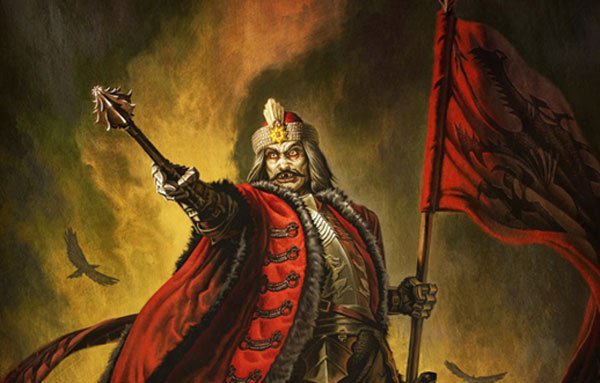
What is impaling?
Impaling is a particularly gruesome form of torture and death: A wood or metal pole is inserted through the body either front to back, or vertically, through the rectum or vagina. The exit wound could be near the victim's neck, shoulders or mouth.
In some cases, the pole was rounded, not sharp, to avoid damaging internal organs and thereby prolong the suffering of the victim. The pole was then raised vertically to display the victim's torment — it could take hours or days for the impaled person to die.
Though Vlad is widely credited with bringing order and stability to Wallachia, his rule was undisputedly vicious: Dozens of Saxon merchants in Kronstadt, who were once allied with the boyars, were also impaled in 1459.
The Ottoman Turks were never far from Vlad's thoughts — or his borders. When diplomatic envoys had an audience with Vlad in 1459, the diplomats declined to remove their hats, citing a religious custom. Commending them on their religious devotion, Vlad ensured that their hats would forever remain on their heads by having the hats nailed to the diplomats' skulls.
During one of his many successful campaigns against the Ottomans, Vlad wrote to a military ally in 1462, "I have killed peasants, men and women, old and young, who lived at Oblucitza and Novoselo, where the Danube flows into the sea … We killed 23,884 Turks, without counting those whom we burned in homes or the Turks whose heads were cut by our soldiers ...Thus, your highness, you must know that I have broken the peace."
Vlad's victories over the invading Ottomans were celebrated throughout Wallachia, Transylvania and the rest of Europe — even Pope Pius II was impressed. But Vlad also earned a much darker reputation: On one occasion, he reportedly dined among a veritable forest of defeated warriors writhing on impaled poles. It's not known whether tales of Vlad III Dracula dipping his bread in the blood of his victims are true, but stories about his unspeakable sadism swirled throughout Europe.
Tens of thousands killed
In total, Vlad is estimated to have killed about 80,000 people through various means. This includes some 20,000 people who were impaled and put on display outside the city of Targoviste: The sight was so repulsive that the invading Ottoman Sultan Mehmed II, after seeing the scale of Vlad's carnage and the thousands of decaying bodies being picked apart by crows, turned back and retreated to Constantinople.
In 1476, while marching to yet another battle with the Ottomans, Vlad and a small vanguard of soldiers were ambushed, and Vlad was killed and beheaded — by most reports, his head was delivered to Mehmed II in Constantinople as a trophy to be displayed above the city's gates.
The Middle Ages were notoriously violent, and the name of Vlad III Dracula may have been a mere historical footnote were it not for an 1820 book by the British consul to Wallachia, William Wilkinson: "An Account of the Principalities of Wallachia and Moldavia: With Various Political Observations Relating to Them." Wilkinson delves into the history of the region, mentioning the notorious warlord Vlad Tepes.
Stoker, who never visited Vlad's homeland, was nonetheless known to have read Wilkinson's book. And if ever there were a historical figure to inspire a bloodthirsty, monstrous fictional character, Vlad III Dracula was one.
